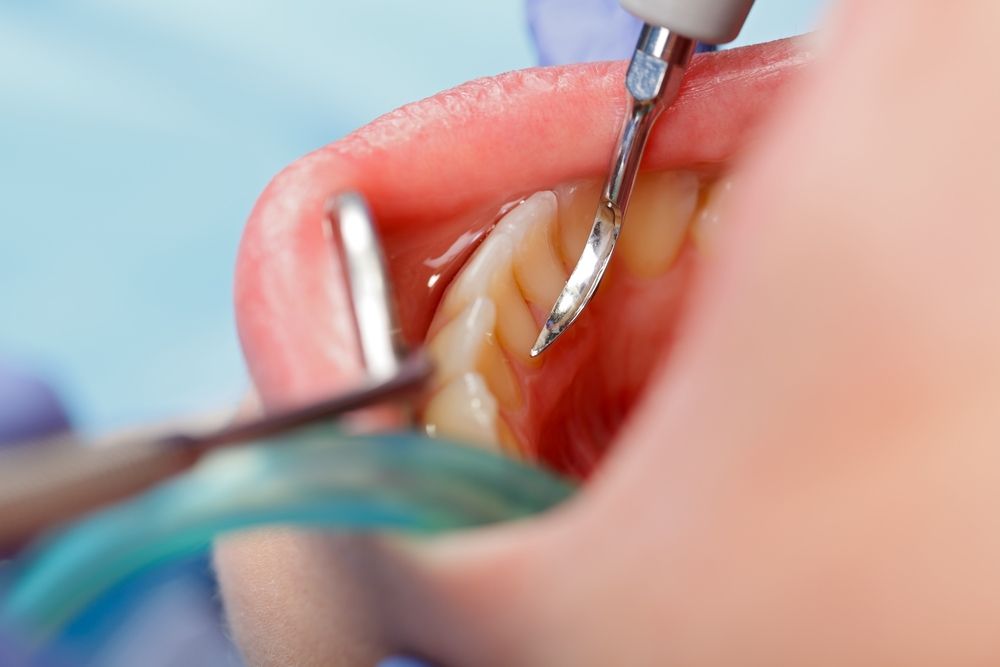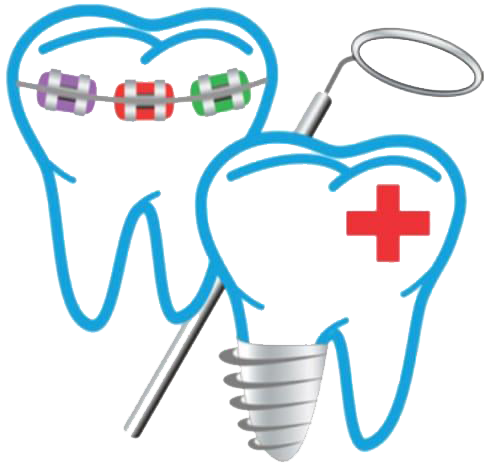Services
- Painless Extraction
- Smile Design
- Smile Correction
- Implants
- Zirconia Crowns
- Cosmetic Dentistry
- Veneers
- Tooth Jewelry
- Orthodontic Treatment
- Scaling
- Habit Breaking Appliances
- Cosmetic Light Cure Filling
- Imported Complete Denture
- Root Canal Treatment
- Bleaching Tooth Whitening
- Treatment of Pyorrhoea & Bleeding Gums
- Fix Crown & Bridge Metal Free in Porcelain All Ceramic Zirconia.
- Removable Partial Denture
- Treatment Under Fully Sterilized Coditions
What Is Scaling?

May 5, 2017 123Dentist Dental Health, Patient Education Dental scaling is routinely performed to help patients with gum disease and excessive plaque buildup. While a standard cleaning will address the surface of the tooth, scaling goes much deeper. If your dentist suggests dental scaling and root planing for your teeth, it’s helpful to know what this means so you can prepare for what’s ahead.
Understanding Scaling
Scaling is a common dental procedure for patients with gum disease. This is a type of dental cleaning that reaches below the gumline to remove plaque buildup. The process of scaling and root planing the teeth is often referred to as a deep cleaning. This treatment goes beyond the general cleaning that you receive with your regular checkup and annual visit.
When Is Dental Scaling Necessary?
Everyone experiences some form of plaque buildup. The saliva, bacteria, and proteins in your mouth form a thin layer that covers your teeth at almost all times. When you eat, tiny particles, acids, and sugars from the food stick to this film, creating a buildup on the teeth known as plaque. The bacteria that lives in this plaque can cause gum disease and tooth decay. Brushing, flossing, and regular dental cleanings will help remove the plaque and prevent more serious problems.
If you have healthy gums, the tissue will fit tightly around the tooth and keep plaque out. However, if gum disease begins to form, this tissue will loosen. Healthy gums attach to the tooth just 1 to 3 millimeters below the gumline. With gum disease, you’ll begin to develop deeper pockets. These can fill with plaque, worsening your problems and causing symptoms like bad breath.
If you have pockets of 4 millimeters or more, your dentist will probably recommend dental scaling to remove the plaque beneath the gumline and help treat the gum disease.
Scaling and Root Planing Procedures
Dental scaling involves the careful removal of plaque bacteria from the tooth’s surface just below the gumline. There are two basic methods for scaling teeth. If your dentist uses handheld instruments, he or she will scrape plaque from the tooth using a metal tool known as a dental scaler and curette. The dentist will insert this thin tool beneath the gum line to access plaque your toothbrush can’t reach.
Alternately, your dentist may choose an ultrasonic instrument to scale your teeth. This features a vibrating metal tip combined with a cool water spray. The tip chips tartar away as the water flushes out the pocket.
Dental scaling is typically followed by a procedure known as root planing. Root planing reaches deeper to address the surface of the tooth’s root. This is done in the same manner as scaling. Root planing smooths the surface of the root so the gums can reattach properly.
What Does Scaling Feel Like?
Dental scaling can be uncomfortable, particularly if you have sensitive gums. Your dentist may offer a local anesthetic to numb your gum tissue and make the procedure more comfortable. Speak with your dental care provider about your options for desensitizing the area if you’re concerned about pain or discomfort during the process.
Dental scaling can take several visits, each one addressing a different portion of the mouth. Some dentists divide the mouth into four quadrants, while others will perform dental scaling in two halves. If you’re nervous about the process, ask your dentist if you can schedule your scaling for a single visit. Though this isn’t an option for all cases, it may be available if you have only moderate gum disease and are willing to sit for a lengthy procedure.
What to Expect Afterwards :
Your mouth may feel sore and sensitive after your dental scaling and root planing. Some patients experience swelling or bleeding for a few days following the procedure. Your dentist may suggest a desensitizing toothpaste to help ease this discomfort. You might get a prescription mouthwash to use after the procedure, as well, to help keep the gums clean. It’s crucial that you use proper brushing and flossing procedures after your scaling to stop plaque from forming again in the same areas.
Your dentist should schedule a second a visit after your dental scaling to examine the gums, measure the depth of your gum pockets, and make sure your mouth is healing properly. If the gum pockets have gotten deeper since your scaling, you may need to explore additional treatment options to help you maintain a healthy smile.
